Are you looking to update the interior of your RV? Painting RV walls is a great way to give your recreational vehicle a fresh, new look without spending too much money. It might seem like a daunting task but with the right prep work and techniques, it’s not as hard as you think!
This blog post will give you helpful tips on how to paint RV walls efficiently and effectively. By following our step-by-step guide below, you can save time, energy, and money in the long run. So check out all the information provided before getting started!
Table of Contents
How to Paint Interior RV Walls
- Start with a thorough cleaning of the RV walls. Use a vacuum and brush attachment, as well as a mild detergent solution to remove any dust, dirt, or debris. Make sure all surfaces are dry before beginning the painting process.
- Fill in any cracks, dents, or holes in the wall surface with spackling paste. Use a putty knife or flexible blade to spread the paste and make sure it’s even with the wall surface. Let it dry for at least 24 hours before you begin painting.
- Sand down any rough surfaces on the walls using 120-grit sandpaper or a sanding sponge to make sure there are no bumps or ridges. You may also need to use a primer on the walls before you start painting.
- Now you’re ready to begin painting! Choose a paint specifically designed for RV walls, as it’ll be able to withstand humidity and other environmental factors better than regular wall paint. Use a brush, roller, or spray gun to apply the paint in even coats.
- After the paint has dried, check for any imperfections and touch up as needed. You may also want to seal the walls with a clear coat of polyurethane for extra protection from moisture and stains.
Tools/Supplies
- Vacuum and brush attachment
- Spackling paste
- Putty knife or flexible blade
- Sandpaper (120-grit) or sanding sponge
- Primer (optional)
- Paint specifically designed for RV walls
- Brush, roller, or spray gun
- Clear coat of polyurethane (optional)
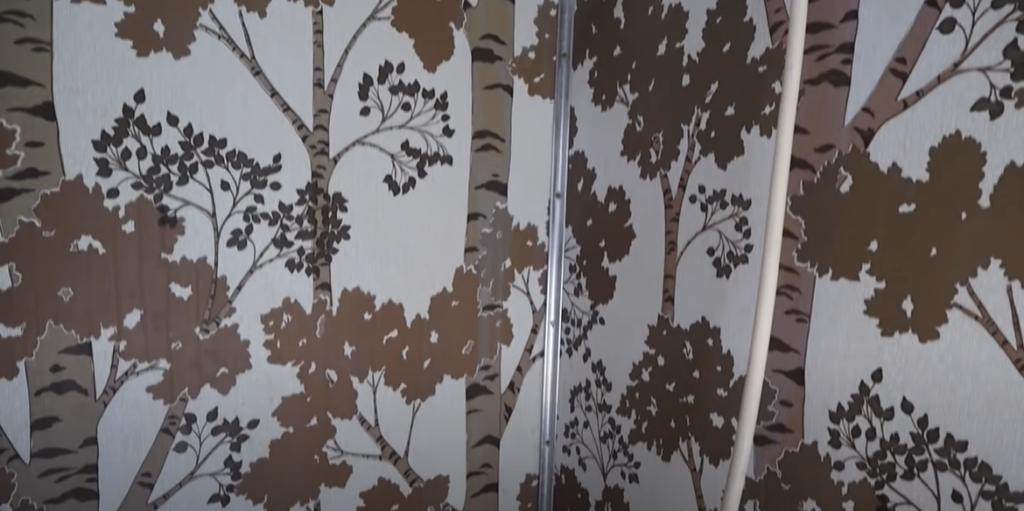
Instructions for How to Paint RV Interior
Prepare the Surface of Your Walls
Start with a thorough cleaning of the RV walls. Use a vacuum and brush attachment, as well as a mild detergent solution to remove any dust, dirt, or debris. Make sure all surfaces are dry before beginning the painting process. [1]
Patch the Walls
Fill in any cracks, dents, or holes in the wall surface with spackling paste. Use a putty knife or flexible blade to spread the paste and make sure it’s even with the wall surface. Let it dry for at least 24 hours before you begin painting.
Clean and Degrease
Use sandpaper or a sanding sponge to make the walls smooth. You might need to use a degreaser and clean cloth to remove any dirt, grease, or oil from the surface of the wall before beginning.
Caulk the Interior Seams
Caulk any seams on the interior walls to prevent water seepage and air leaks. Use a caulking gun filled with silicone caulk or polyurethane foam sealant to fill in all gaps around doors, windows, and corners.
Tape or Mask off Any Areas
Before you begin painting, it’s important to tape or mask off any areas that you don’t want paint on. This includes windows, doors, cupboards, and other fixtures.
Apply Primer
Apply a coat of primer to the walls before you begin painting. This will help the paint adhere to the surface better, giving it added durability and protection.
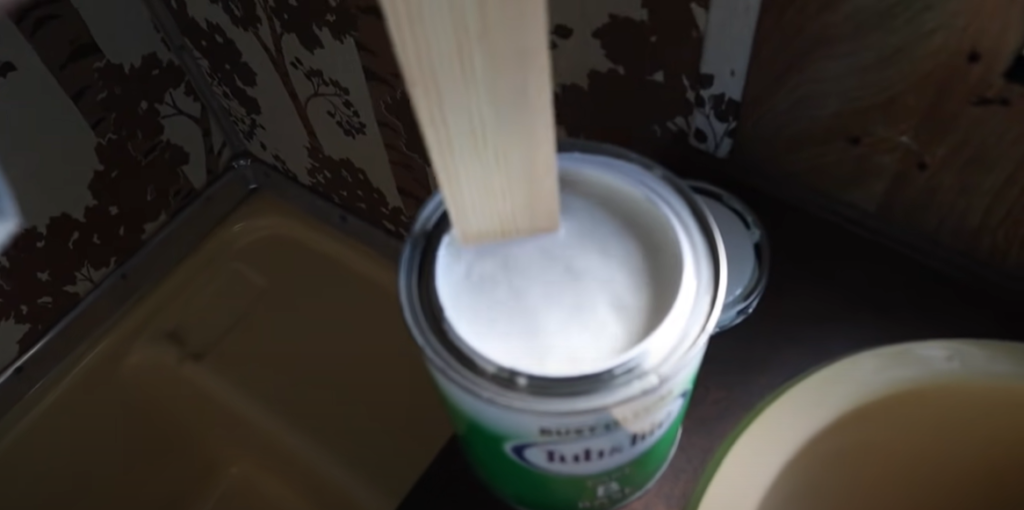
Choose Your Paint colour
Choose a paint specifically designed for RV walls, as it’ll be able to withstand humidity and other environmental factors better than regular wall paint.
Use traditional colours such as whites and pastel shades or opt for something bolder like blues, greens, or browns.
Paint the Walls
Use a brush, roller, or spray gun to apply the paint in even coats. Make sure to allow each area you’ve painted to dry before beginning the next section.
Allow Time to Dry and Enjoy the End Results
After the paint has dried, check for any imperfections and touch up as needed. You may also want to seal the walls with a clear coat of polyurethane for extra protection from moisture and stains.
Allow everything to dry completely before using your RV again. Enjoy the new look of your interior!
Additional Tips
- Invest in good quality paint, brushes, and other essential supplies for best results
- Work with a friend or family member to make the project go faster
- Wear protective clothing such as face masks when painting
- Start by painting the trim before moving on to larger areas of the walls
- Make sure all surfaces are completely dry before beginning the painting process
- If using a spray gun, test it in an area that won’t be seen first. This will help you get a feel for how much paint needs to be used and what pattern works best for your walls.
- If possible, use natural light when painting instead of artificial lighting for better accuracy.
- Clean up any spills or drips promptly to avoid staining the walls.
- Allow plenty of time for the paint to dry completely before using your RV again.
FAQ
What kind of paint do you use on an RV wall?
You should use a paint specifically designed for RV walls, as it’ll be able to withstand humidity and other environmental factors better than regular wall paint.
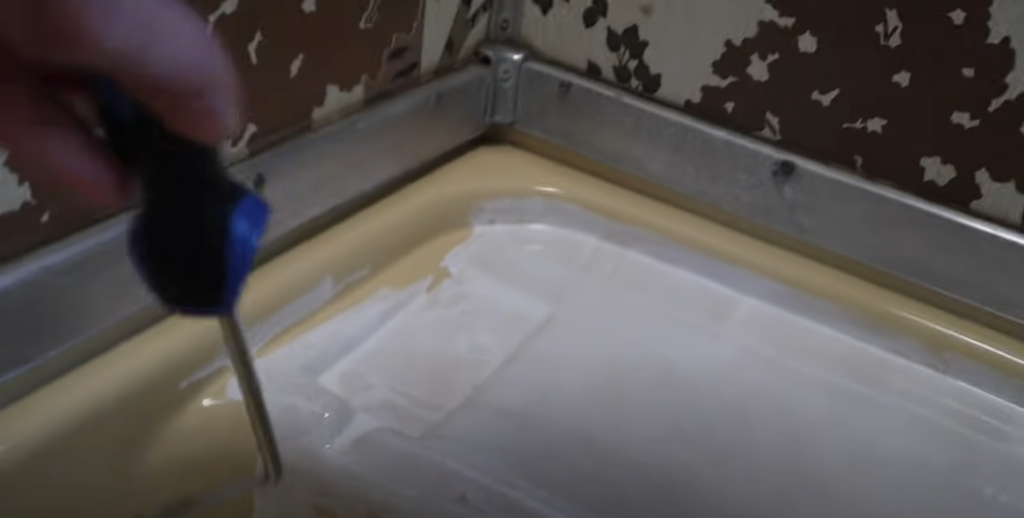
Do I need to prime the walls before painting?
Yes, you should always apply primer to the walls before you begin painting. This will help the paint adhere to the surface better, giving it added durability and protection.
How long should I wait for the paint to dry?
It depends on the type of paint you are using, but in general you should allow at least 24 hours for the paint to dry before using your RV again. You may also want to seal the walls with a clear coat of polyurethane for extra protection from moisture and stains. Allow everything to dry completely before using your RV again.
Can I use a spray gun to paint my RV walls?
Yes, you can use a spray gun to apply the paint, however it is important to test it in an area that won’t be seen first. This will help you get a feel for how much paint needs to be used and what pattern works best for your walls.
Can you just paint RV walls?
Yes, you can just paint RV walls in the same way that you would paint regular walls. However, it is important to use a paint specifically designed for RV walls, as it will be able to withstand humidity and other environmental factors better than regular wall paint.
Additionally, you should always apply primer before painting for added durability and protection.
Should you paint RV walls?
Yes, you should paint RV walls to give them a fresh look and protect them from moisture and stains. Invest in good quality paint, brushes, and other essential supplies for best results.
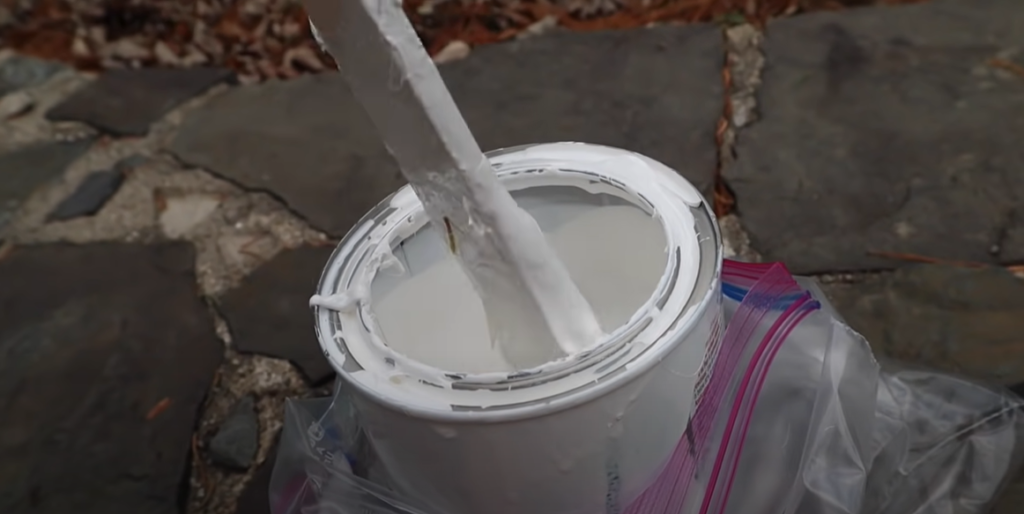
What is the best paint finish for RV walls?
The best paint finish for RV walls depends on your needs and preferences. Satin finishes provide good protection against moisture and stains, while flat finishes are easier to touch up, and semi-gloss can make a small space look larger. Consider your needs when choosing the right finish for you.
Do you have to sand RV walls before painting?
Yes, you should sand RV walls before painting to ensure that the paint adheres properly. Be sure to use fine-grit sandpaper and wear a mask while sanding for safety purposes.
How often should I repaint RV walls?
It depends on how much use your RV gets and how well you maintain it. Generally speaking, you should repaint your RV walls every three to five years or whenever there are signs of fading or peeling. You may also want to repaint if you’re looking for a new look or colour.
What is the best way to clean RV walls before painting?
The best way to clean RV walls before painting is by using a gentle soap and warm water. Avoid harsh detergents, as they can damage the surface of your RV walls. If there are any stubborn stains, try using a mild degreaser or scrubbing with a soft-bristled brush.
Can you paint RV walls while living in them?
Yes, you can paint RV walls while living in them, however it is important to plan ahead and stay organised. Make sure that all furniture is moved away from the walls and covered with a tarp or plastic sheeting to protect from any splattering of paint.
Additionally, make sure to keep the windows open and use a fan to ensure proper ventilation. Finally, be sure to allow plenty of time for the paint to dry completely before using your RV again.
What other tips should I keep in mind when painting RV walls?
Other important tips to remember include using painter’s tape and drop cloths for protection, taping off any electrical outlets or fixtures, and using a brush or roller made specifically for painting on textured surfaces.
Additionally, be sure to use the same type of paint throughout your RV. And of course, don’t forget to take all necessary safety precautions such as wearing a mask and gloves.
How can I make sure that the paint job looks professional?
To ensure a professional-looking paint job, it is important to thoroughly clean and prepare the walls before painting. Make sure to use quality materials such as primer, high-quality paints, good brushes and rollers, and painter’s tape.
Additionally, take your time when painting and use even strokes. Finally, consider hiring a professional painter if you want to guarantee the best results.
How do I maintain my RV walls after painting?
Once your RV walls have been painted, it is important to take steps to ensure that they are properly maintained. Make sure to clean the walls regularly with a mild soap and water solution and avoid using harsh chemicals or abrasives.
Additionally, you should make sure to touch up any chips or scratches as soon as possible to prevent further damage.
How can I protect my RV walls from future damage?
It is important to take steps to protect your RV walls from further damage. Invest in good-quality paint with a satin or semi-gloss finish for better protection against moisture and stains.
Additionally, consider sealing the painted surface with a clear sealant for added protection. Finally, make sure to regularly inspect your RV walls for any signs of fading or peeling and take action as necessary.
Why choose to paint your RV walls?
Painting your RV walls is an effective and affordable way to give your RV a fresh new look. It also helps protect the walls from damage caused by moisture, UV rays, and general wear and tear.
Additionally, painting your RV walls yourself can be a rewarding experience that allows you to customise it exactly how you want it.
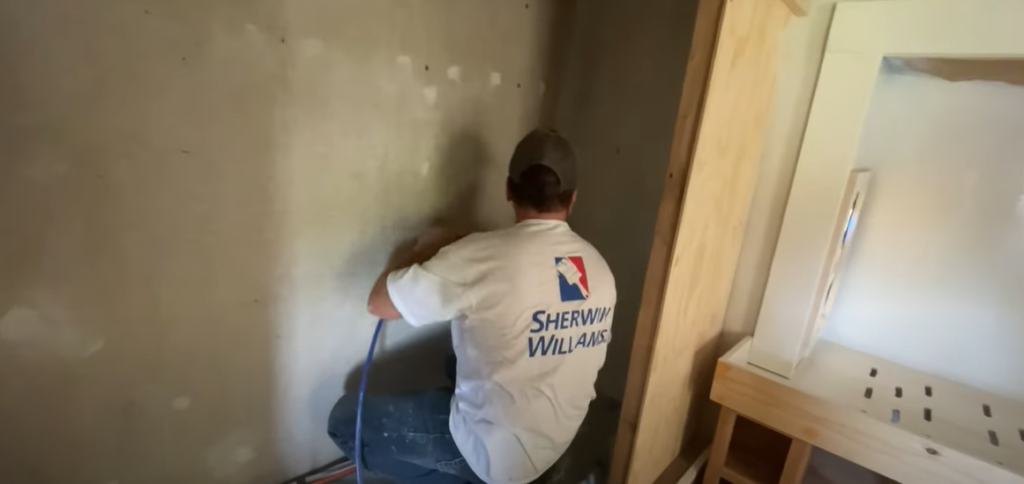
Does painting RV walls require special steps?
Yes, painting RV walls requires a few extra steps in order to ensure the job is done properly. It is important to use the right kind of paint and to take precautions when cleaning and preparing the walls before painting.
Additionally, make sure to use painter’s tape, drop cloths, and other necessary materials to protect the surrounding surfaces. Finally, be sure to allow plenty of drying time and take all necessary safety precautions.
Do I need to hire a professional painter to paint my RV walls?
No, you do not necessarily need to hire a professional painter to paint your RV walls. However, if you want the best results and don’t have a lot of experience painting, then it is recommended that you seek help from a professional.
Additionally, they will be able to provide helpful tips and advice to ensure that the job is done properly.
Does painting my RV walls require special tools?
Yes, painting your RV walls requires some additional tools and materials. Be sure to have the right type of paint, quality brushes or rollers, painter’s tape, drop cloths, and other necessary materials on hand before beginning the project.
Additionally, it is also important to make sure that you have access to the proper safety equipment such as masks and gloves.
Do I need to use special paint for RV walls?
Yes, it is important to make sure that the paint you are using on your RV walls is suitable for this type of application.
For best results, look for paints specifically designed and labelled as “exterior” or “interior/exterior” paints. Additionally, be sure to use a satin or semi-gloss finish for added protection.
Can I paint over existing painted RV walls?
Yes, it is possible to paint over existing RV walls. However, it is important to make sure that the existing paint is in good condition and has been properly prepared.
Additionally, be sure to use quality primer and paints when painting over pre-existing surfaces. Finally, consider hiring a professional painter if you don’t have a lot of experience with painting.
Does painting an RV wall require a sealant?
Yes, it is recommended that you apply a protective sealant after painting your RV walls. This will help protect the painted surfaces from fading and moisture damage while also helping to preserve its colour and lustre.
Additionally, some paint manufacturers offer special sealants designed specifically for use on RV walls. Be sure to choose the right type of sealant for best results.
Do I need to inspect my RV walls after painting?
Yes, it is important to regularly inspect your RV walls for any signs of fading or peeling. If you notice any damage, be sure to take action immediately by touching up the affected areas and/or applying a sealant as necessary.
Additionally, make sure that all painted surfaces are properly maintained and cleaned to prevent excess wear and tear.
Which type of paint works best for painting RV walls?
The best type of paint to use on RV walls is one specifically designed for this type of application. Look for exterior or interior/exterior paints that are labelled as “heavy-duty” or “durable” to ensure they can withstand the elements.
Additionally, be sure to use a satin or semi-gloss finish, as it will be more resistant to fading and dirt accumulation.
Can I use spray paint on my RV walls?
No, it is not recommended that you use spray paint when painting your RV walls. Instead, opt for quality brushes or rollers that are specifically designed for this type of application. Additionally, be sure to use paints with a satin or semi-gloss finish for added protection.
Which colours work best for RV walls?
When it comes to choosing colours for your RV walls, opt for neutral shades such as whites and beiges.
These colours are easy to pair with other elements in the interior of your RV while also helping to brighten up the space. Additionally, bolder accents or trim pieces can be added later if desired.
How do I clean painted RV walls?
When it comes to cleaning your RV walls, opt for a mild cleanser and warm water. Avoid the use of abrasive cleaning supplies or harsh chemicals that could potentially damage the paint.
Additionally, be sure to wipe down all surfaces with a soft cloth or rag after any spills or messes occur. Finally, regularly inspect the walls for any signs of fading or peeling and take action if necessary.
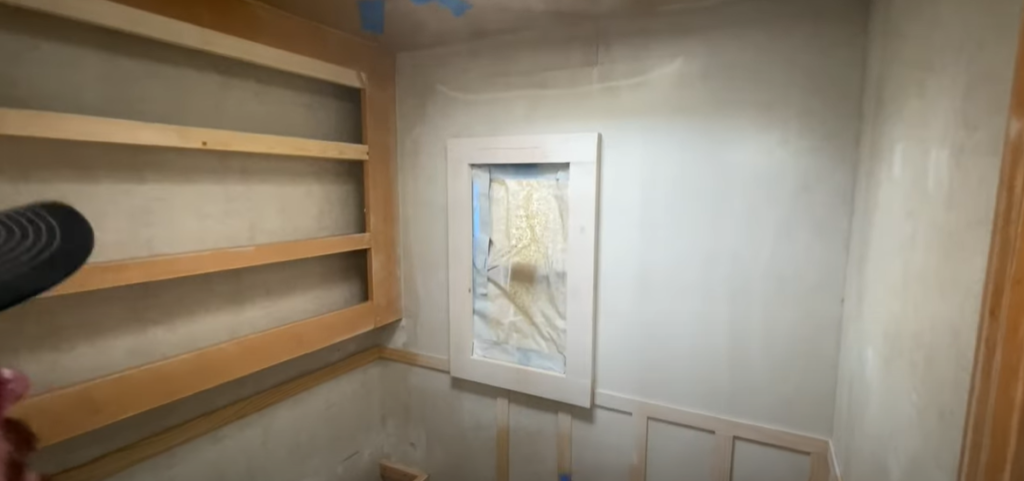
Is there anything else I should know about painting RV walls?
When painting your RV walls, use the best quality materials you can find. Follow all the instructions from the paint manufacturer.
If you don’t have a lot of experience with painting, hire a professional painter. This will help make sure that your RV walls look great for years to come.
What can I do to extend the life of my painted RV walls?
In order to extend the life of your painted RV walls, it is important to regularly inspect them for signs of fading or peeling. If needed, take action immediately by touching up areas and/or applying a sealant.
Additionally, make sure that all painted surfaces are cleaned and properly maintained to prevent excess wear and tear. Finally, consider repainting your RV walls every two to three years for best results.
Which sealants should I use on my RV walls?
It is important to choose the right type of sealant when painting your RV walls. Look for exterior or interior/exterior sealants that are labelled as “heavy-duty” or “durable” to ensure they can withstand the elements.
Additionally, make sure you apply the sealant according to the instructions on the product’s label.
How long does it take to paint RV walls?
It will depend on the size of the job and the amount of preparation required. Generally, a small job can be completed in a few hours while larger projects may require multiple days or even weeks.
Useful Video: How To Paint RV Walls
Conclusion
RV walls usually require a different type of paint job than regular home walls. In this blog post, we walked through the basics of how to paint RV walls so that you can get started on your own project.
Remember to prep the area well before painting and to use quality materials for the best results. If you have any questions or need help with your RV wall painting project, give us a call today! We’re always happy to help out our fellow RVers.
References:
- https://thehappyglamper.co/diy-tutorials/how-to-paint-rv-walls/

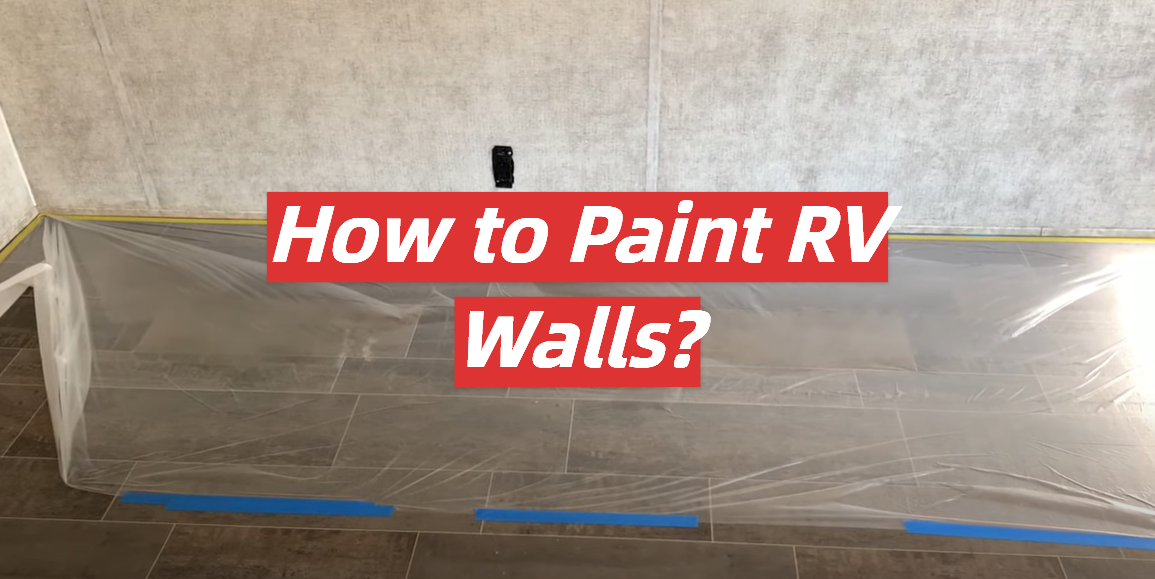
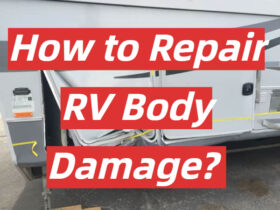
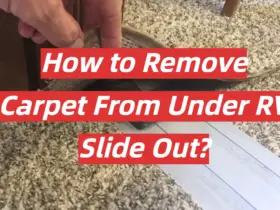
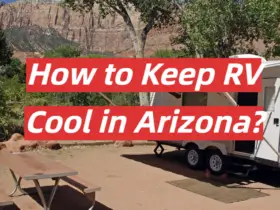
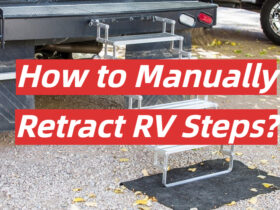
Leave a Reply